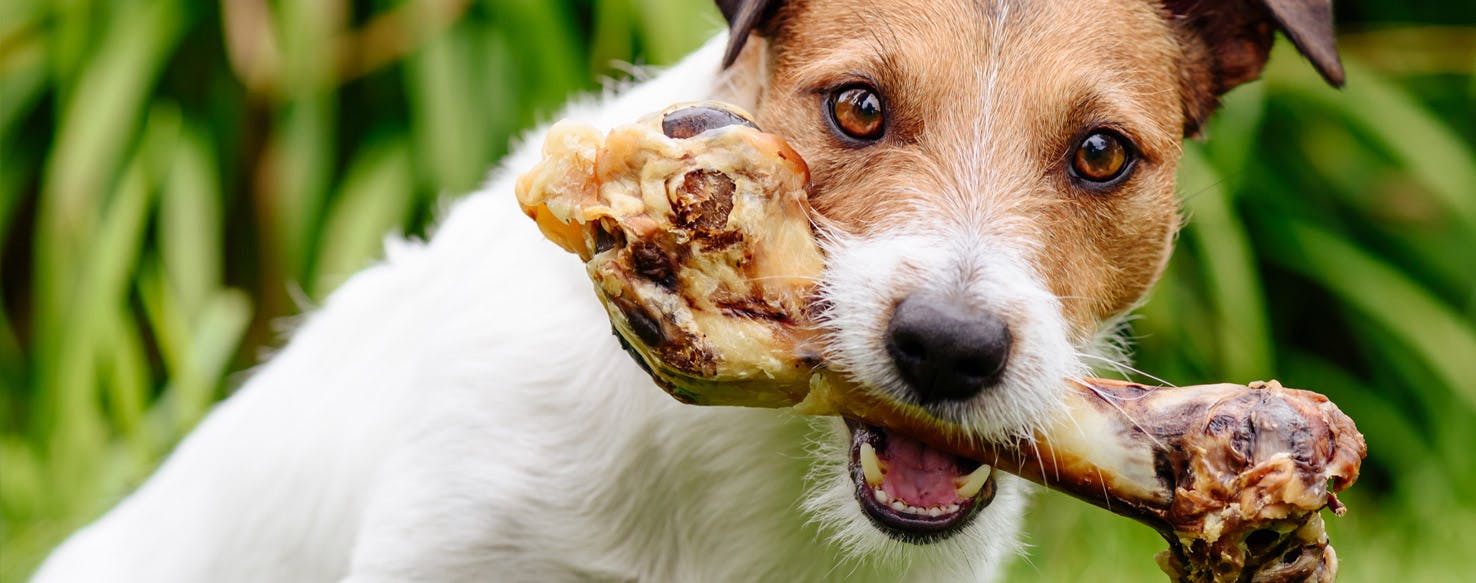5 Ways You Can Grow Your Creativity Using australian Shepherd English Shepherd

This article below about Dogs is truly remarkable. Don't skip it.
Best Advice for Dogs with Skin Issues
I still need to publish a real post about Mr. Stix's full backstory, but this feels more pressing. For nearly 18 months, Mr. Stix's permanent nakey spot (from unknown injuries before he was rescued, including 15 fractures and this big patch of coat missing) has featured several inflamed, peeling areas. Initially I tried to fix it myself at home with things like aloe vera, vaseline, a veterinary ointment called animax that the shelter had give us while we fostered him most of 2019, etc. It's sort of a combination of steroids, antibacterial, and antifungal stuff. I took him to see our main veterinarian in spring 2020, when there was a 2-month wait to get into see a board-certified veterinary dermatologist. It has been quite a journey since then, and it's nowhere near over. Here's my best advice for dogs with skin issues.
Before I tell the ongoing saga with Mr. Stix's skin. Here is my best advice for dogs with skin problems.
See a board-certified veterinary dermatologist as soon as you can. Yes, your main veterinarian can probably help, but it's honestly best to go right to the top experts.
Agree to whatever skin scrapings / cytology the veterinary dermatologist recommends. This provides information about what types of secondary infections currently grow on your dog's damaged skin.
Do NOT assume every skin issue is allergies. It often is some sort of allergic process, but NOT always and assuming so (and acting accordingly may only delay real solutions and subject your dog to all kinds of quack advice and home remedies).
Buy the best quality fish oil and Vitamin E supplements you can afford, if it's recommended for your particular case of a dog with skin issues.
When necessary, agree to the skin biopsies (yes, like minor surgery) and have them reviewed by a veterinary pathologist that specializes in dogs with skin issues. The one we used is at Texas A&M.
Follow your veterinary dermatologist's advice and plans, and keep the faith. These dogs with skin problems often don't improve quickly. (I need to take my own advise. See below.)
Mr. Stix's Story as a Dog with Skin Problems
This is what Mr. Stix's nakey spot looks like when it's normal. Photo from May 2019 soon after his hip surgery. The bald patch is permanent. That's not the issue.
This is how bad the red / peeling areas got in mid-2020 when we saw our main veterinarian, who added a low-dose of oral Vitamin E and some topical too and told me to keep using the animax.
This is how it looked when Mr. Stix first saw the board-certified veterinary dermatologist in early August 2020, but the specialist had me STOP the animax and instead use a prescription anti-bacterial ointment (mupirocin) ... as well as add a better quality oral fish oil and continue both topical and oral Vitamin E (but at a higher dose twice a day). We knew from the skin scrapings / cytology they did onsite that Mr. Stix had a bacterial infection.
But, without the daily topical steroids (which long term are a bad idea), Mr. Stix's skin got much, much worse -- even breaking open and scabbing over.
Our veterinary dermatologist had recommended doing the skin biopsies right away in August 2020, and I *almost agreed to it then, but I was VERY worried about the cuts resulting in skin that would NOT heal. And, I figured it was at least worth a try to use the prescription antibiotic ointment and other supplements and stuff.
But, by around Thanksgiving, it was clear we had to do the biopsy. That photo is kind of gruesome, so you can see it here, if you want. I wish I had done the biopsy sooner. I feel like I wasted time from August through November.
Post-Biopsy Diagnosis
As I expected, despite all the know-it-alls trying to tell me it was an allergic issue, it turns out that Mr. Stix instead has an autoimmune condition called erythema multiforme. They believe it was triggered by the trauma of his earlier injuries. They don't think it is life-threatening. They don't think it will spread to other areas of his skin. Just the already damaged, permanent nakey spot.
With that information in hand, we updated the treatment plan to include a topical, non-steroidal anti-inflammatory ointment (tacrolimus -- often pricey, but we used a Good RX coupon at Costco to get the cost down). They use a version of this medication orally for people who have had various kinds of transplants. It's the smallest / safest option for treatment, and that's where we started.
I was so hopeful it would work at the once-daily application, but the skin still didn't heal completely.
So, in early 2021, we started applying it twice daily on the advice of our veterinary dermatologist.
But, it still hasn't healed completely. It often improves a lot and then comes roaring back, so we had another appointment to see the specialist last week. We had to try something new.
Enter the Big Immune-Suppressing Drug
Despite my concerns and form of veterinary PTSD about major immune suppression drugs (after our experiences with Lilly), I agreed last week to add oral cyclosporine, which is also a drug that people get after various transplants. Mr. Stix would need to take it daily for life.
It smells like it's made from skunk butts, so each gel-cap pill is individually packaged, and you keep them in the freezer because that can help with nausea it can cause (since it's recommended you give on an empty stomach).
I found some good info on this med, and our veterinary dermatologist assured me that it has been safely used in veterinary medicine for like 20+ years, etc.
The med only comes in doses of 25 mg, 50 mg, and 100 mg, and at his size Mr. Stix's ideal dose is around 88 mg once a day. So we went with 75 mg (25+50) to err on the lower side.
It takes like 3-7 days for the med to build up in the blood to therapeutic levels, but it takes more like 4-6 weeks to know if it's going to help the skin (or not).
We made it to day 4, then the barfing started.
Anxiety
I wish I could say that this is all going to be fine, but I just don't know. https://macpherson-welch.blogbright.net/5-easy-steps-to-a-winning-australian-shepherd-english-shepherd-strategy feel like I just have to accept that the skin will never fully heal, even though seeing his raw spots up close while applying the topical med twice a day and topical Vitamin E once a day causes me so much angst and anxiety.
I supposed to check in with our veterinary dermatology team next week to confirm that Mr. Stix's weirdness and apparent suffering has improved.
It took a lot of convincing to get Mr. Champion of My Heart to agree to try the cyclosporine, so even if the specialist comes back and recommends maybe a lower dose, I doubt we'll want to risk it ... because Mr. Stix sure seemed to be having some neurologist issues to me, and after the Lilly situation, I just cannot do that again.
He is only 3 years old. https://paste2.org/a47AD9sc don't want to make anything worse. It honestly felt like I'd poisoned him.
The good news is that most of the time his skin doesn't seem to hurt or itch or anything -- though I do have pain meds, if he needs them. It mostly just looks bad, and he has to wear a no-lick collar for about 20 minutes after I apply his meds so that he doesn't lick it off.
His nakey spot is prone to sunburn anyway, and the topical tacrolimus increases the risk of burning, so I used his earlier sun-reflecting coat (which started to look ragged) as a pattern and sewed him a new / light sun protection coat. He looks very cute in it.
https://championofmyheart.com/2021/08/05/dogs-with-skin-issues/
Have Dog Questions? Read This Helpful Piece
Dogs have been considered mans' best friend for thousands of years. That lovable animal that you think of as a member of the family has the ability to serve in many capacities. This article outlines some of the ways dogs have been useful to humans in the past, and still serve and important purpose in today's world.
When you have a dog, make sure that you give him enough water. Water should be made available to your dog at all times of the day, particularly in the summertime. Put his water bowl somewhere where no one will trip over it, otherwise you'll be cleaning your floors all day!
Groom your dog regularly. A dog requires constant grooming to keep his coat in tip top condition. Make sure that your dog is completely relaxed before you start the grooming session; this is especially important if he is excitable. Keep the session quite short (5 to 10 minutes at most) until he is comfortable with the idea of being groomed. Most importantly - be sure to praise him and offer a treat after a successful grooming session!
Although the sound may be cute, your dog's nails shouldn't click along the floor when it walks. That's a sign that the nails are too long. The nails should actually just barely touch the ground. Seek the advice of a professional on what tools are the best for giving your dog a pedicure.

Your dog needs to be secured when in a car. Not only will it make the journey safer, as it will lead to fewer distractions for the person driving the car, but in the event of an accident, it could also save your dog's life. Look for a seat belt harness, often sold at pet stores, that you can put in your car for your pet.
Research a particular breed of dog you may be interested in before bringing him home. Lots of people make the mistake of falling in love with a type of dog, then find out later that the animal isn't really for them. Chihuahuas, for example, are a trendy type, but very difficult to fully potty train, especially in colder climates!
Check with your vet to determine the amount of food to feed your dog daily. Though some folks feed whatever the package recommends, those guidelines are not always appropriate and can lead to overfeeding. Speak to the vet about what makes sense for your dog.
If you're trying to break one of your dog's unwanted habits, make sure that you understand that it will not happen overnight. Breaking a habit takes time and patience. Don't get discouraged and give up if it seems like your pup isn't making progress. Keep at it and maybe try changing your approach to the training. Sometimes this can be the boost that your dog needs.
If your vet has given you medication or special instructions for your dog, make sure that you follow them. He might not want to wear that cone on his neck and head, but it's there for a real reason! Your vet makes recommendations that will help your dog be happy and healthy, so you should follow your vet's advice.
If your dog isn't happy or is lonely, consider buying a second dog. Because dogs typically run in packs, they typically love being around other canines. Match them on energy and temperament for the best selection.
Always make sure your dog has fresh water available. Water is essential for the health of a dog. He can easily become dehydrated without it or look for unsafe water sources, such as puddles or contaminated ponds. Making sure your dog always has water is an easy way to keep him happy and safe.
If you have a smaller breed dog, make sure everyone who touches him knows the proper way to hold him. Small dogs can be easily injured by inappropriate handling and many owners find this out the hard way. Gently lift at the belly from under his front legs and secure him with both hands.
If you have tried everything to get your dog to stop digging your garden to no avail, head to your kitchen. Mix up a batch of cayenne pepper (five tablespoons), hot sauce (also five tablespoons) and a quart of water in a spray bottle and spray it where he digs. It should discourage him quickly.

When training your dog, always make sure that you enter a room before allowing the dog to. This is important because it is an obvious form of dominance that your dog will understand. Establishing dominance will help with your ability to train your dog and with its overall behavior patterns.
Make sure that you buy an appropriate sized collar for your dog in order to ensure its health and safety. If the collar is too lose, it may become snagged on something. If the collar is too tight, it may restrict the dog's breathing ability. Allow for a two finger space between the dog and the collar.
You need to teach your dog a few simple commands at a very young age for its own safety. Your dog should always come when you call its name and a command such as 'give' should be used to get your dog to stop gnawing at a potentially dangerous object.
Do you feel stressed out a lot? Dogs have been proven to help lower your blood pressure and help you to feel calm. People who own dogs often live longer than those who do not. Dogs can also bring you happiness and comfort if you are suffering from an illness.
It is wise to check your area to find out what the local leash laws are. Many areas require a dog to be leashed at all times if it is not on your property. keeping your dog on a leash is a good idea anyway, as it can be dangerous to let your pet run unattended, where he could be hit by a car, or fight with other dogs.
Time, energy and knowledge will make the living arrangement with a dog more enjoyable for everyone. Use what you have just learned to help the household adapt to the addition. Dogs can be great friends and companions if you take the time to train, love and care for them properly.
I have been very serious about Pets and I am praying you enjoyed my page. Sharing is caring. Helping others is fun. We recognize the value of reading our article about Dogs.
